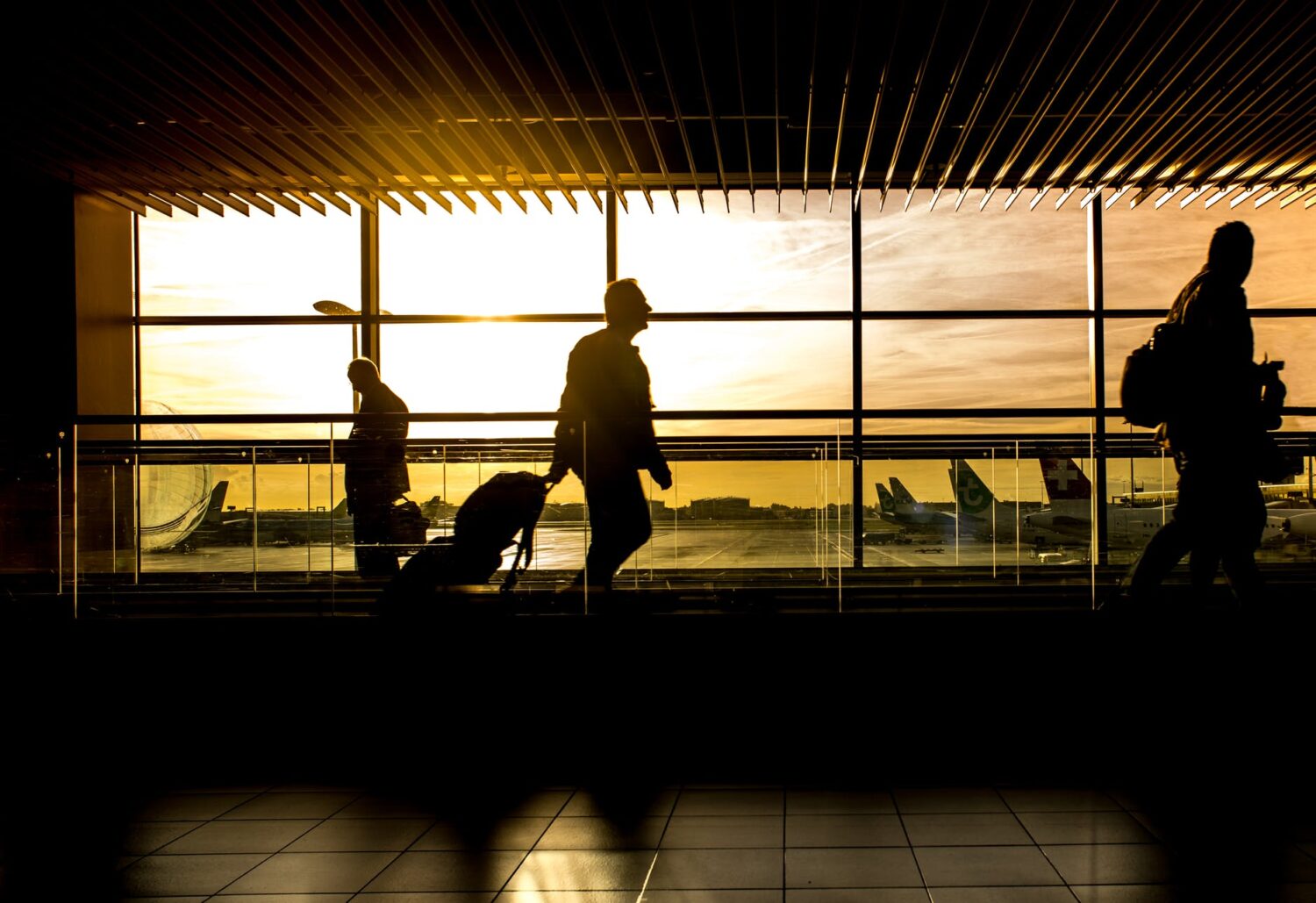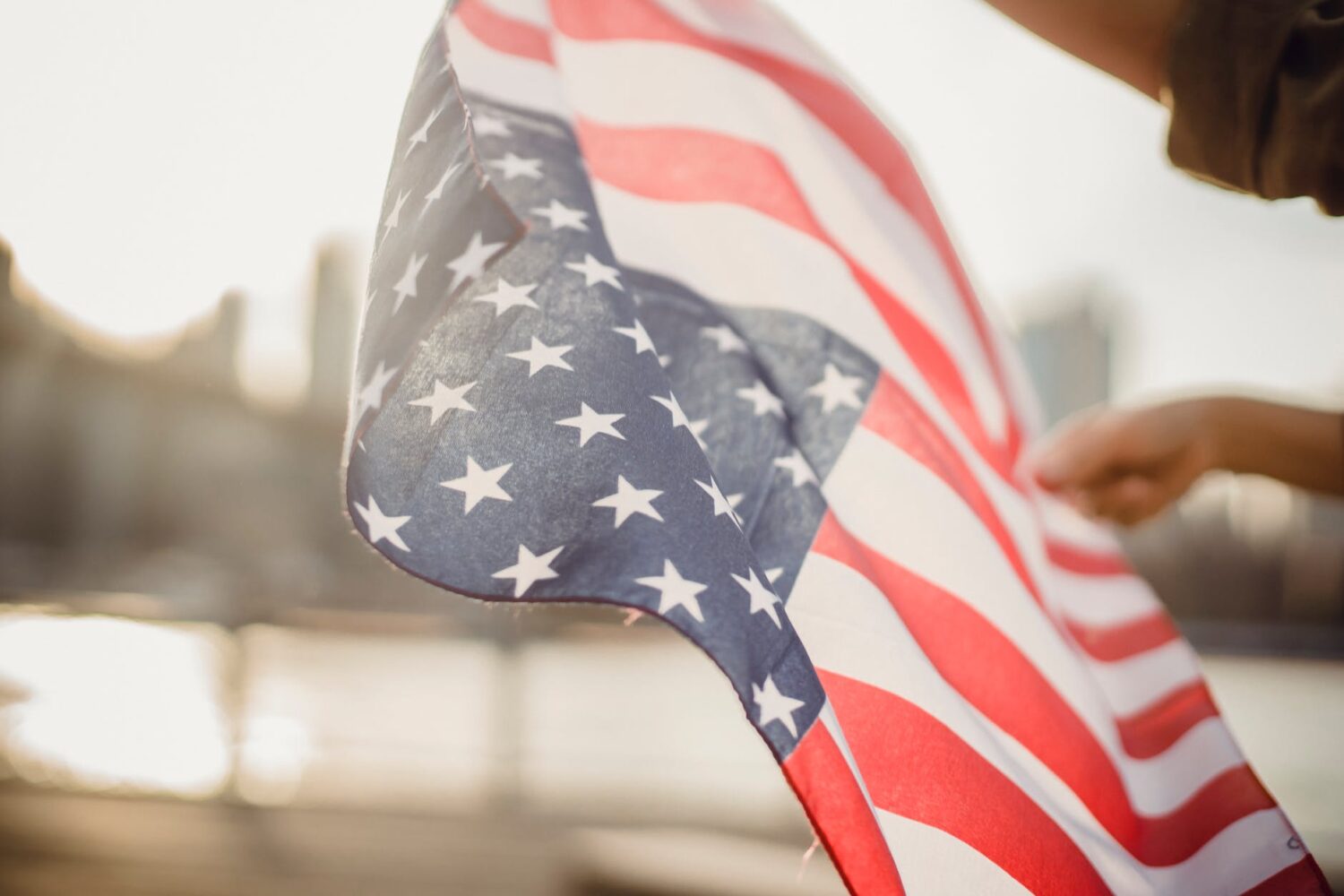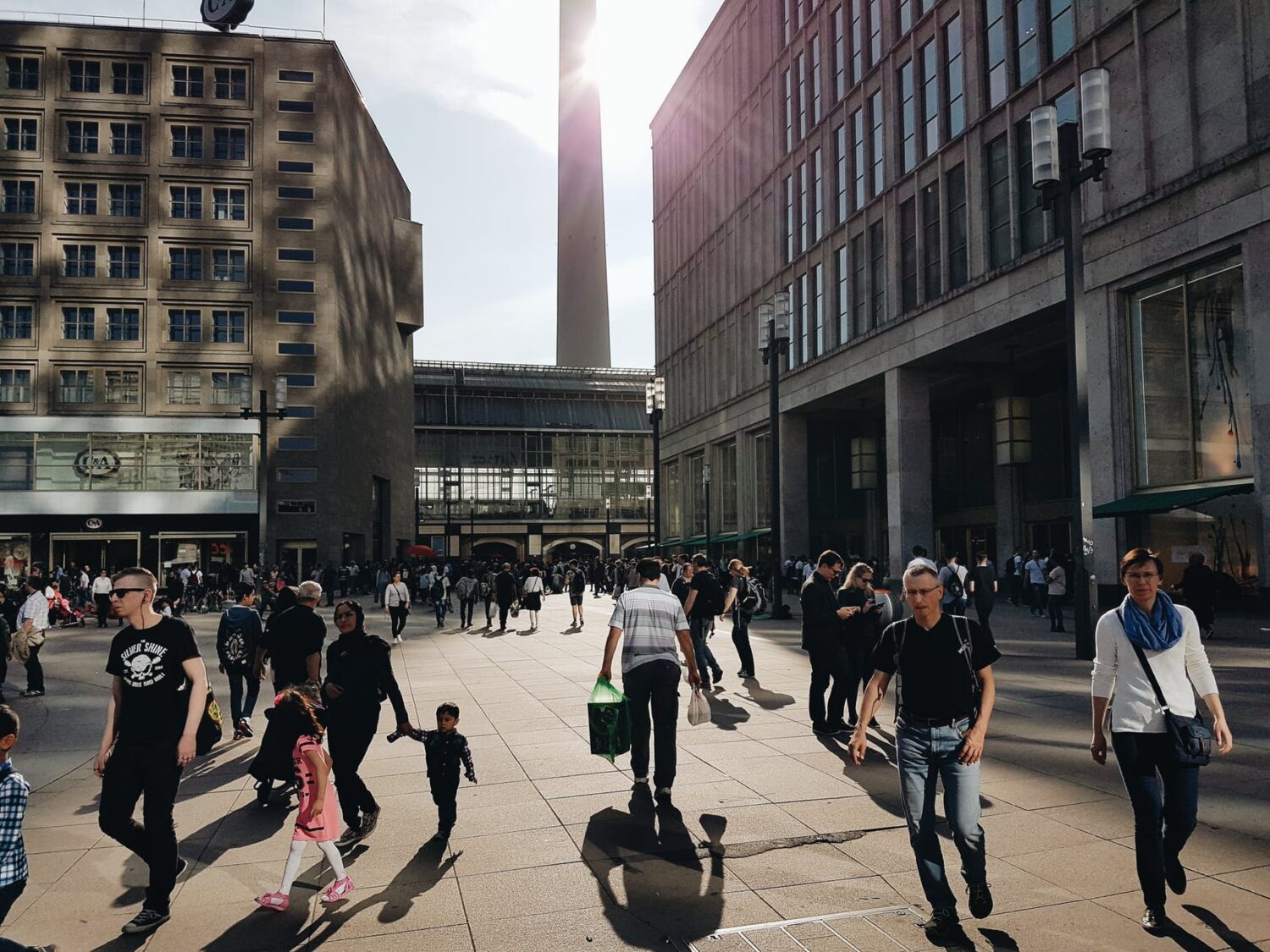Three Visa Options Limited to Specific Nationalities
E-3 Visa: The E-3 Visa is available for Australians who otherwise meet the H-1B definition of “specialty occupation.” A labor condition application is required, but no petition is required when the application is filed at a consular office. E-3 visas…










